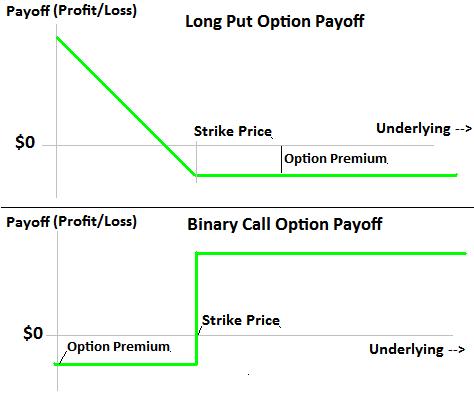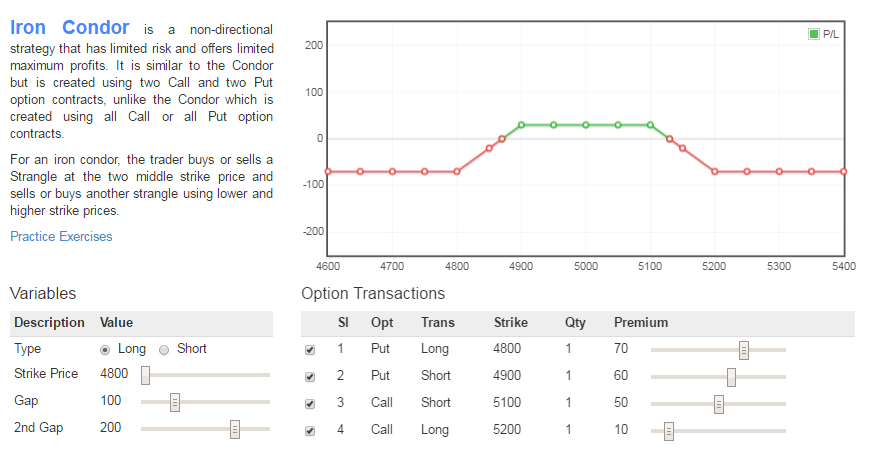Put options hedge long position
Hedging occurs when an investor makes a counterbalancing investment to offset the risk inherent in another investment they've made.
Buy Put Options / Long Put Options by aqasesuyohaw.web.fc2.com
A hedge is primarily used to reduce adverse market risk. It usually involves taking an offsetting position to one's holdings. A perfect hedge is one that reduces all risk except for premium costs.
Community Dashboard Random Article About Us Categories Recent Changes. Write an Article Request a New Article Answer a Request More Ideas Look for the classic hedge while trading stock.
It's often called a "pairs trade," as it seeks to reduce risk by taking an opposite position in a second security within the same sector. If you are long a stock and you want to reduce downside risk, you will have to short another stock. If you are short a stock, and you want to reduce upside risk, you will have to go long on another stock.
Identify the market sector.
If you are long a position in Exxon ticker: This is to protect yourself from industry risk, as most of the stocks of one sector will follow each other in large market movements. If you choose a stock from a different sector, the reliability of your hedge will be reduced as some sectors are negatively correlative as seen in gold stocks recently. Determine the market value of your position. Watch the fun begin.

Continuing with this example, pretend, the next day the government cuts the oil tax, and both companies jump up. Investing isn't always this easy, however. If Conoco had been the lagging company, you would have walked away with a loss.
The "pairs trade" is not a perfect hedge. If it were, everyone would use it.

Hedge with derivatives options and futures. Derivatives are more reliable hedges. In most cases you are guaranteed a certain price for your security.
4 Ways to Hedge in Investments - wikiHow
Most derivatives come with a premium. It's up to the investor to decide if it's worth the added cost. Options involve less risk if you are buying options only. They provide a lot of leverage for investing but are also very useful tools for hedging. Some investors choose a "LEAP" a long-term option lasting years, where most options last a few months. LEAPS carry higher premiums, because they allow a better chance for stock price improvement over time.
Determine your position in the security. If you are long a stock and you want to reduce downside risk, you will want to buy put options. If you are short a stock, and you want to reduce upside risk, you should buy call options. Find the appropriate options. You will have to find the options appropriate for your timeframe, the strike price you are willing to take, and the premium you are willing to pay. If you are planning to hold a stock for more than a year, you may consider LEAPS instead of standard options.
You will want to pick a strike price you are happy with. If you are already profitable, you can keep a put option above your purchase price or call option below the short price to lock in some of the gains.
Keep in mind that the premium of an option is partly dictated by its strike price. Sit back and relax. Your stock is literally locked in at that price as long as the option is not expired. If your stock is profitable at the time of your option's expiry, your option expires worthless, but you keep the profits from your investment.
If your stock shows a loss at the time of your option's expiry, no matter how big the loss is, you can exercise your option and sell or buy back your shares at the strike price, either cutting losses or reaping some previously locked-in profits.
The beauty of options unlike futures contracts is that you can decide whether or not to exercise the option in a long position. Futures contracts are much riskier than options. Futures are highly leveraged and largely used by institutional suppliers or purchasers to lock in prices for shipments and reduce price-movement risks.
Hedging with futures should be employed only by experienced, professional investors willing to accept the risks involved. If you are long a stock and you want to reduce downside risk, you will want to short contracts. If you are short a stock, and you want to reduce upside risk, you should buy contracts.
Find the appropriate contracts. As with options, you will want to watch for the strike price, premium and time frame you prefer. The difference with futures contracts is that you are obligated to fulfill the contract at the time of expiry. Look for the appropriate strike price in the appropriate time frame. Thus, with futures you lock in a return at a certain price at a certain time.
Mutual funds by definition are hedges in and of themselves, because they invest in many different companies. You can further hedge such investments by buying fund shares investing in different sectors of the economy, including precious metals. Also, "balanced" funds are good hedges, because they invest simultaneously in stocks and bonds.
You can also invest in international and "emerging market" funds to hedge against the U. Not Helpful 0 Helpful 0. Would you explain the terms "upside risk" and "downside risk"? Downside risk is the possibility something "bad" will happen. Upside risk isn't really risk at all in the usual sense.
It's simply the chance that something "good" will happen.
Long Futures Position | The Options & Futures Guide
Already answered Not a question Bad question Other. If this question or a similar one is answered twice in this section, please click here to let us know. Tips You can try to lock in good prices with contracts near a price peak or bottom.
Greeks (finance) - Wikipedia
You can get rid of a contract by selling your position to another party. However, if your contract shows a loss, generally you will have to pay the difference to have it cleared.
When using the "pairs trade" strategy, you can include stop-loss orders on both positions. If you make a relatively reliable hedge, you will "stop out" the losing position and still let the profitable position run. This is a good strategy whenever you can't decide which way the market will move.
When prices are simply oscillating, place your stops outside the trading range. With options, don't "buy your own money.
Doing so is just a waste. Warnings The above can be said of investing in general, particularly with reference to options contracts. Be prepared to accept the risks and losses involved. Remember that when you sell options, you are obligated to buy or sell securities at some point.
Be prepared to lose money, maybe a lot at first. Many if not all traders lose money when they begin. The education of an investor can carry a big price tag. Futures contracts should be approached cautiously if you lack experience with them. Edit Related wikiHows WH. Investments and Trading Discuss Print Email Edit Send fan mail to authors.
Thanks to all authors for creating a page that has been read 40, times. Did this article help you? Cookies make wikiHow better. By continuing to use our site, you agree to our cookie policy. Home About wikiHow Jobs Terms of Use RSS Site map Log In Mobile view.
All text shared under a Creative Commons License. Help answer questions Start your very own article today.